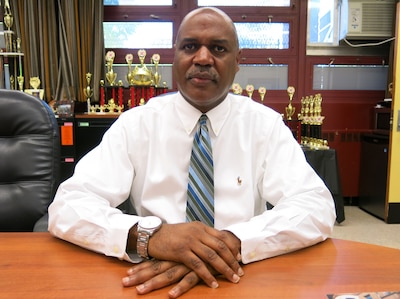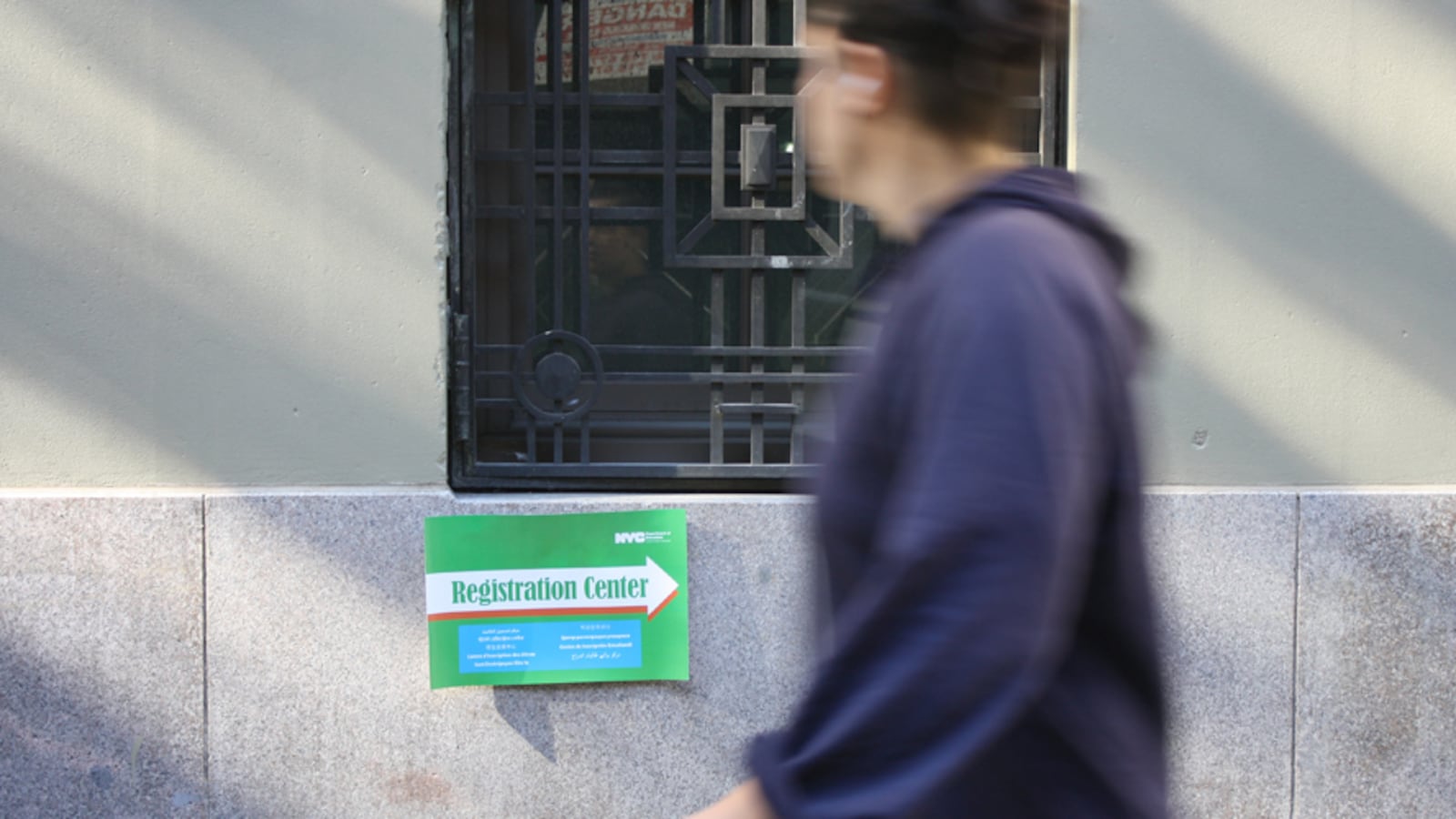The city will not send any latecomer students, who often pose extra challenges, to at least two long-struggling high schools this year, officials said. The shift marks an acknowledgement that some schools have been overburdened by students who arrive mid-year, and suggests that the city will consider adjusting enrollment policies as it tries to prop up troubled schools.
Late enrollees are often assigned to struggling schools with many unfilled (and often unwanted) seats, which can hasten a school’s decline as it strains to meet the needs of students who may have just arrived in the country or been released from jail.
The city has acknowledged the problem before and taken steps to direct fewer of these late arrivals — known as “over-the-counter” students — to low-performing schools. But observers said they had not heard of a complete freeze on latecomer placements at particular schools before.
The new strategy makes sense, advocates said, but they questioned how widely it could be implemented since latecomers have to be assigned somewhere.
“Clearly, you shouldn’t send over-the-counter students to struggling schools,” since it can derail both the student and the school, said Norm Fruchter, a senior policy analyst at the Annenberg Institute for School Reform. “But the question for the Department of Education is, systematically, where are you going to put these kids?”
Enrollment officers will not send students who enter the system after the normal high-school admissions process to two Brooklyn high schools this year, Boys and Girls and Automotive, according to city and state officials.
The city was forced to take drastic steps to improve those schools because they meet the state’s definition of “out of time” — they have been low-performing for several years without making progress and have failed to enact turnaround plans.
The city has also started to intervene at other struggling schools, including with the quiet rollout last month of an intensive coaching and oversight program for about two-dozen schools. But some principals of low-performing schools have said they have heard little from the city about how it plans to support them, whether by enrollment changes or other means.
There has long been concern that troubled schools wind up with more over-the-counter students than other schools, and that this can send those struggling schools over the edge.
For instance, about 20 percent of the students at large struggling high schools in 2011 were sent there outside of the normal enrollment process, compared to just 12 percent at better-performing schools, according to an Annenberg report last year. One large closing high school had 37 percent over-the-counter students in 2011, compared to the citywide average of 16 percent, the report found.
About 36,000 students per year do not go through the high-school admissions process but still need a seat, according to the Annenberg report. Students have different reasons for missing the enrollment process, but many of these latecomers are recent immigrants, have been previously incarcerated, or are homeless. Such students place high demands on any school, but especially ones that are already floundering.
State officials have warned the city about enrollment policies that saddle low-performing schools with disproportionate numbers of high-needs students, including those with disabilities, ones who are below grade level, and English language learners.
“I worry about the over-concentration of high-needs students in particular buildings without adequate supports to ensure success,” State Education Commissioner John King said in 2012.

To address the issue, the state required districts applying for federal school-improvement grants to show how they avoid clustering high-needs students in certain schools. In turn, the city began what it called “over-the-counter reform,” requiring every school to take more latecomers so that they are more evenly spread throughout the system.
But it is unclear if the city has ever spared a particular school from taking any late enrollees as a way to lessen its burden and help it improve. The Annenberg report recommended that as an improvement strategy for struggling schools, but Fruchter said he had never heard of it being done until now.
A city education department spokeswoman would not say whether this strategy had been used before or whether it would be applied to other schools. She only said it is intended as a “supportive intervention” for these two schools for this school year.
Even though advocates have called for an end to overburdening schools with high-needs students, they questioned how this sort of out-the-counter moratorium would work.
“I think it’s a great idea, but I don’t know where all these kids are going to go,” said Mary Conway-Spiegel, an advocate who has worked with closing schools.
She noted that higher-performing schools tend to get more applicants and so have fewer seats available for students who arrive after the regular admissions process. Some of those schools also try to limit the number of over-the-counter students they receive, she added.
The only citywide solution to this problem is to set up a “controlled-choice” admissions system, said Fruchter, who is an appointed member of the Panel for Educational Policy, a citywide school policymaking group. Students would still choose where to apply, but every high school would have to reserve a certain share of its seats for different student groups, such as over-the-counter students and those still learning English, he said.
A potential problem with this over-the-counter freeze is that it could drive down enrollment at already under-enrolled struggling schools, whose budgets are tied to their number of students. Bernard Gassaway, the principal of Boys and Girls High School, raised that concern in a letter to the schools chancellor, calling the plan “tantamount to phasing out BGHS.”
But the moratorium should actually help the schools, said Geraldine Maione, a former principal who helped turn around William Grady Career & Technical High School in Brooklyn. It will free the school leaders from having to devote attention to late-arriving students, she said, so they can focus on revamping their schools.
“Let’s see what happens,” she said. “Now that they’ll have more time and resources, that will be the test.”

